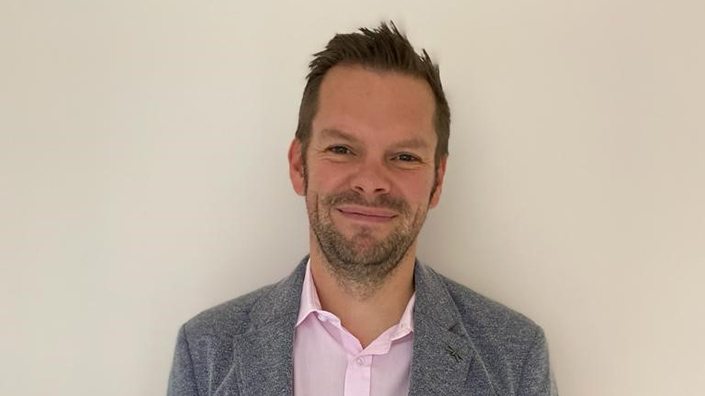When his five-year-old son asks, he’s got a simpler answer ready: “I’m the rubbish man in space.”
It’s a humble way to describe a colossal mission: to keep Earth’s low orbit clean and safe for a new age of space exploration.
With new technology, plummeting costs and fresh players (such as China and India), space is exciting again. Companies such as SpaceX, Blue Origin and Virgin Galactic are building a new commercial industry that, by some estimates, will be worth nearly $1 trillion by 2030. From tourism to communication, from mineral exploitation to Mars missions, space is going to get busier. And demand for “rubbish man” missions to grab and bring down debris is expected to grow.
An accidental engineer
Toby (40) didn’t study engineering but has so far spent his career engineering solutions to the kind of problems they make Hollywood films about.
For more than a decade, he supported the UK government’s nuclear defence strategy. Then came the UK Space Agency, where he and a team of engineers inspected and licensed spacecraft. Leading delegations to the United Nations, he’s often been the link between engineers solving technical problems and politicians negotiating policy.
Now at a company where seven out of every 10 employees are engineers, Toby, a father of two, spends his days thinking about how to clean up old space junk and prevent new junk from appearing. He also figures out how to bring better governance to a place that everyone wants to use, but no one is really responsible for. A place where a pea-sized object flying at more than 25,000mph can destroy a satellite. Where hunks the size of double-decker buses have been hurtling through the silence for decades.
“People want to use space,” says Toby. “But there’s more and more risk.”
Juggling in zero gravity
There are more than 3,000 active satellites orbiting Earth today. Thousands more are defunct. Nasa tracks half a million pieces of debris. Big collisions are, thankfully, rare, but one such crash in 2009 created thousands of pieces of junk, each a bullet threatening other objects. Satellites on opposite sides of the Earth can be on top of each other in under an hour. It’s an extreme environment, becoming more extreme with every launch. And, with the arrival of large constellations of satellites, these launches are more frequent than ever.
For Toby and companies like Astroscale the focus is on prevention and removal.
Preventing space junk involves complex liability laws and better control over spacecraft, being able to manoeuvre them, predict the movement of other objects, communicate with other operators, and get out of the way if need be.

Removal is just as tough. Dead satellites tumble violently at “ridiculous speeds”. Top stages of rockets weigh tonnes. Getting close to these objects requires aligning a new spacecraft with their orbits, while avoiding all the space junk already up there. Not to mention actually catching them and pulling them down into the atmosphere, where they can burn up or land safely.
“You have to juggle a whole bunch of operations at the same time,” Toby explains.
But difficult problems offer exciting challenges to mechanical engineers. These engineers test the weight of spacecraft against the power of their thrusters, design solar panels to withstand projectiles, figure out the best ways to grab pieces of debris or broken satellites, and solve endless other puzzles.
“It’s how we get the job done,” explains Toby, who’s had a hand in all kinds of engineering work, from aeronautical to software. He believes mechanical engineering is a fundamental part of space exploration.
Eyes to the sky
Apart from understanding the space environment, part of Toby’s juggling act involves thinking about space sustainability and preparing demonstrations, like Astroscale’s ELSA-d mission, which launched in March. The mission is aimed at demonstrating technologies needed for docking with space debris and removing it. With an outdated treaty from the 1960s, the rules of space are, at best, murky, and countries are not responsible for cleaning up. So, just like with carbon emissions, Toby and others in his field are trying to get ahead of the problem. To get decision makers to realise that space pollution could make entire orbital highways too dangerous for use and that no single country can solve the problem alone.
To escape these kinds of deep questions and things like the Kessler effect – the cascading of space collisions – Toby paints the cosmos or reads sci-fi books by Stephen Baxter, one of his favourite authors. He runs and plays golf. And he spends time with his two kids, who may one day thank the “rubbish man of space” for his efforts.
Want the best engineering stories delivered straight to your inbox? The Professional Engineering newsletter gives you vital updates on the most cutting-edge engineering and exciting new job opportunities. To sign up, click here.
Content published by Professional Engineering does not necessarily represent the views of the Institution of Mechanical Engineers.